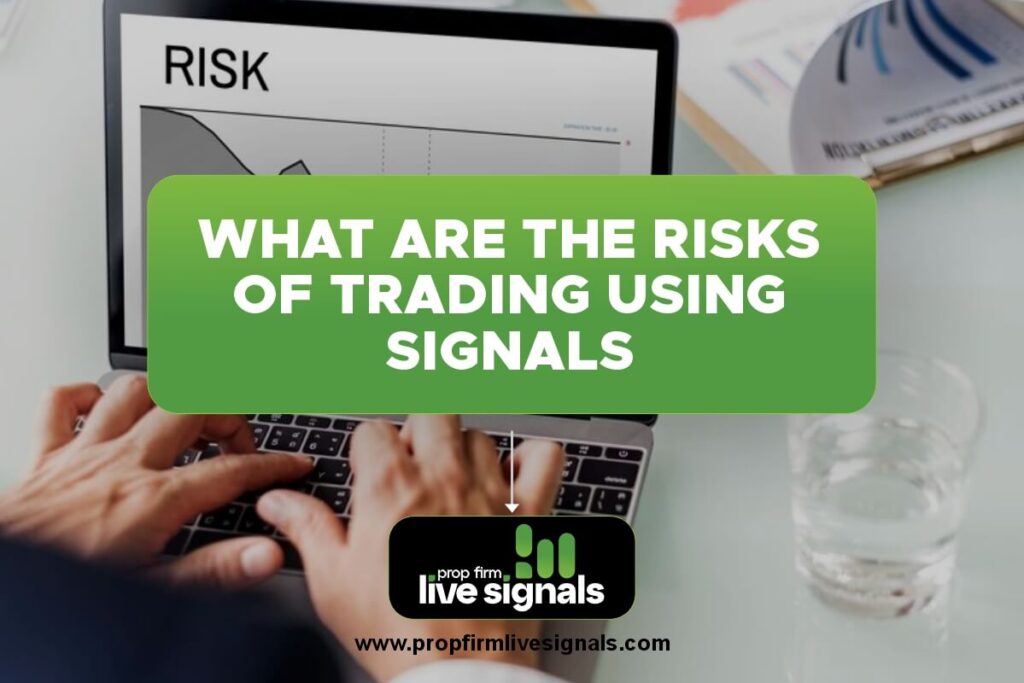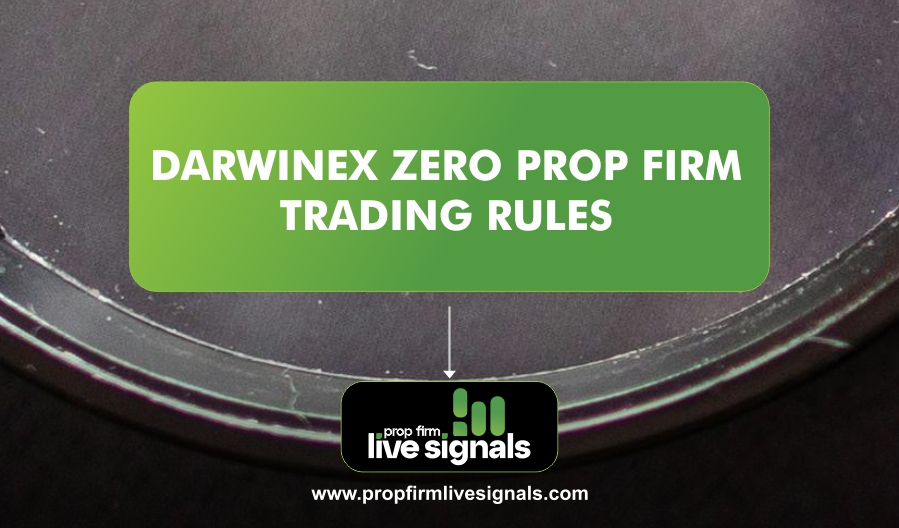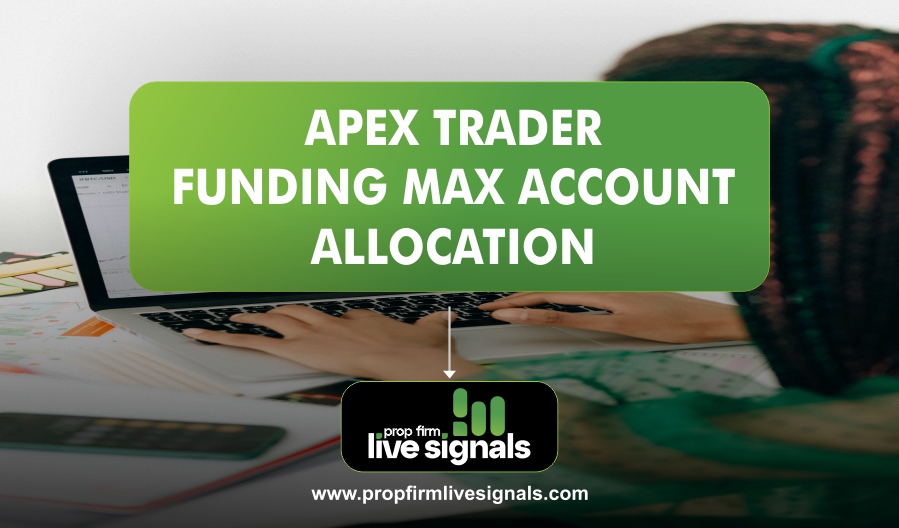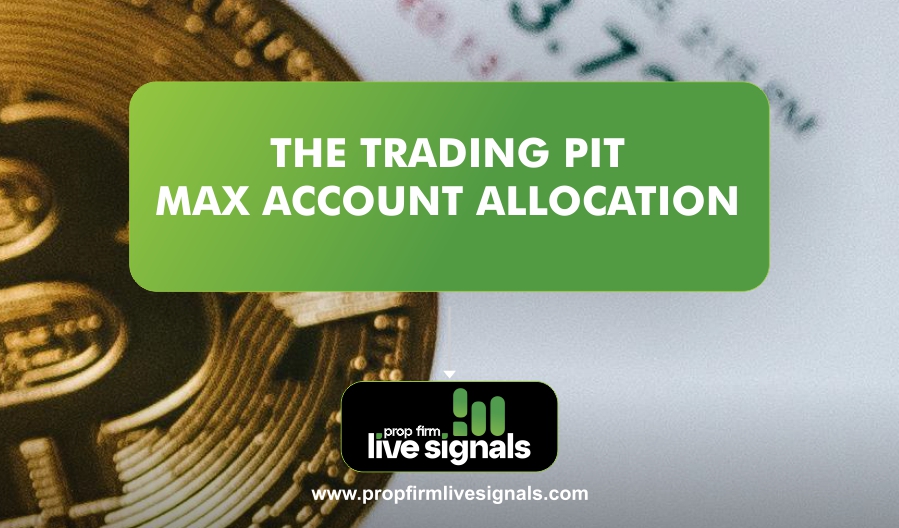Understanding Trading Signals
These trading signals are classified into different types, they include;
- Paid and free signals: Paid signals are subscription-based signal providers, they charge a monthly or annual fee for access to their signals. The quality and reliability of these signals. Some online communities or chat rooms also offer paid access to trading signals. Free trading signals are signals available at no cost to the user. There are several sources for free trading signals, many brokers offer free signals to their clients as part of their trading platform. Some traders share their signals on social media platforms like Twitter or Telegram.
- Manual signals: Manual signals are signals generated by human analysts or traders. These signals are based on the analyst’s interpretation of the markets and may be based on technical, fundamental, or sentiment analysis. Manual signals can be a good option for traders who prefer a more personal touch and want to understand the reasoning behind a trade recommendation, manual signals may be slower to arrive than automated signals.
- Automated signals: Automated trading signals, also known as algorithmic trading signals, are signals generated by computer algorithms. These algorithms analyze large amounts of data and make trading decisions based on pre-defined rules and parameters. Automated signals are faster and more consistent than manual signals. Automated signals may not always be as flexible as manual signals.
- News Signals: These signals are based on breaking news or announcements that could affect the price of an asset. News of geopolitical events, such as wars, trade disputes, or natural disasters, can move markets and generate trading signals.
- Technical Signals: These signals are based on technical indicators like moving averages, support and resistance levels, or chart patterns. Moving averages are used to smooth out price fluctuations and identify trends. Support and resistance levels are horizontal areas on a price chart where the price has had difficulty breaking through.
- Fundamental Signals: These signals are based on economic news, earnings reports, and others. indicators like GDP, inflation, or unemployment can provide insight into the economy’s overall health and market impact.
Why should you trade with signals?
Trading signals can help you make informed decisions quickly, enabling you to capitalize on opportunities without spending hours over data.
With various signals to choose from, you can spread your risk across multiple strategies and instruments.
Trading signals save time, and signals provide ready-made analysis, which can be especially helpful for part-time traders who do not have the time to conduct extensive research.
Signals from reputable sources often result from thorough market analysis and can identify opportunities that traders might not have otherwise noticed.
By utilizing signals, traders can make trading decisions and increase their profits.
Signals can also help you manage risk by providing predefined entry and exit points for trades.
By tracking signals and analyzing their results, traders can develop a deeper understanding of market analysis and decision-making processes, refine their timing for trades, learning improving overall trading performance in the long term.
What are the Risks of Trading Using Signals
1. Volatility Risks
Trading signals are based on past data and analysis but they cannot predict the future with absolute certainty. This means that even the most reliable signals can be subject to volatility.
2. Operational Risks
Some signals are only valid for a short period, and even small delays in receiving or acting on the signal can result in missed opportunities or entering a position too late.
3. Execution Risk
The execution of a trade based on a signal might not always match the recommended action due to factors such as slippage, timing, and brokerage fees. This can result in a different outcome than what was anticipated based on the signal.
4. Costs
Quality signals do not usually come for free, there is a price attached to it. The signal provider often invest more resources in research and analysis, leading to more reliable and accurate signals.
Scams
Scammers can still target the signal market by pretending to supply accurate or false signals to take advantage of traders. While there are risks to using trading signals, you can protect yourself by being aware of common scams and taking steps to verify the signal provider.
Frequently asked questions
How can I avoid false signals?
- You can avoid false signals by selecting a reputable signal provider and verifying their track record.
Can trading signals help me become a better trader?
- Trading signals can indeed help you become a better trader, but only if used correctly. By studying signals, you can gain a deeper understanding of market trends. Signals can also teach you about managing risk, as they often include stop-losses and other risk management techniques.
How do I incorporate signals into my trading strategy?
- You can use signals to confirm your existing analysis or use them to identify potential opportunities that you may have missed.
How do I manage my risk when trading with signals?
- To manage your risk, consider setting stop-loss levels and using position sizing to limit potential losses. You should also diversify your signals and not allocate too much of your capital to any single trade.
What is the best time frame to use signals?
- The best time frame to use signals depends on your trading style and the signals themselves.




